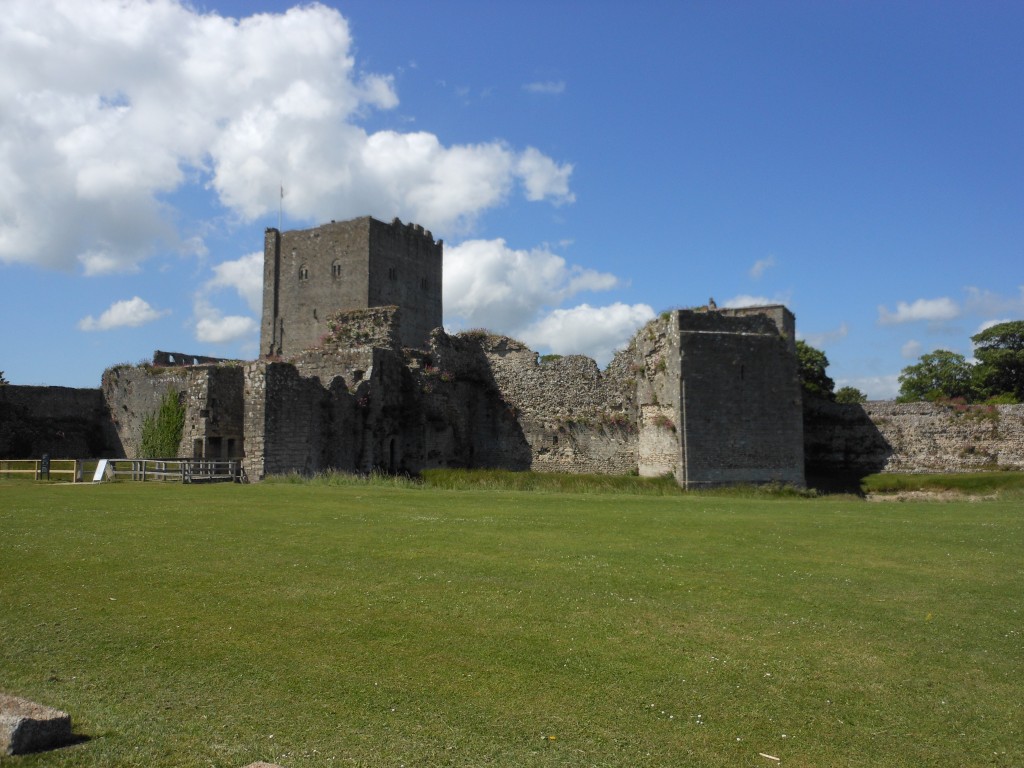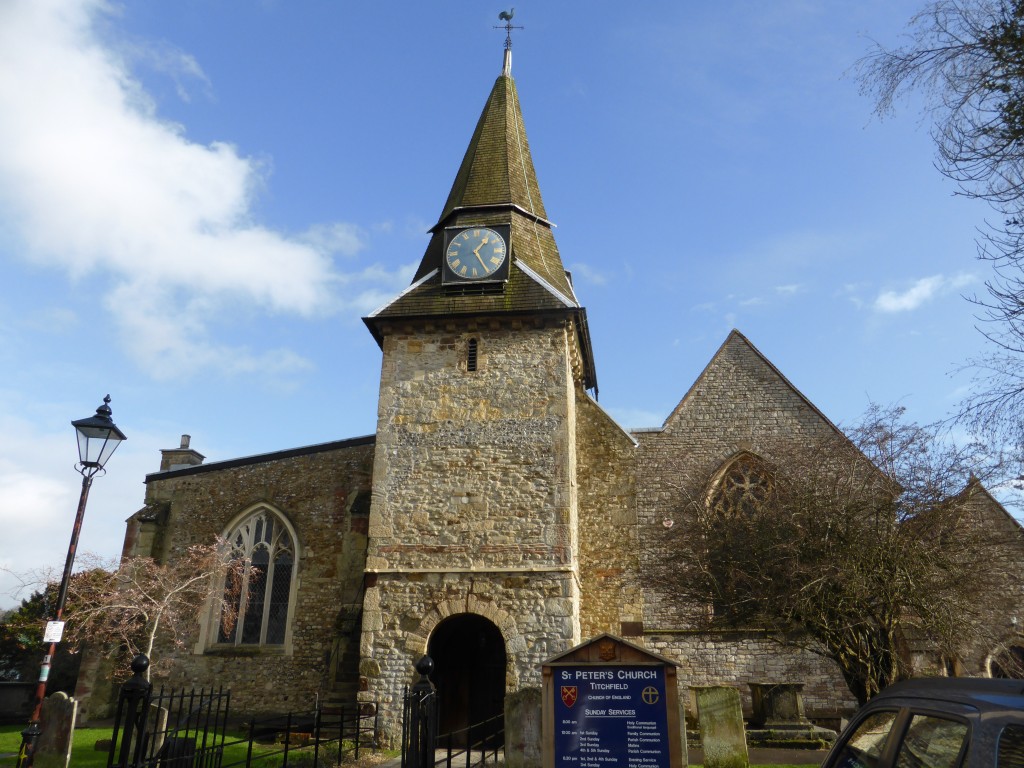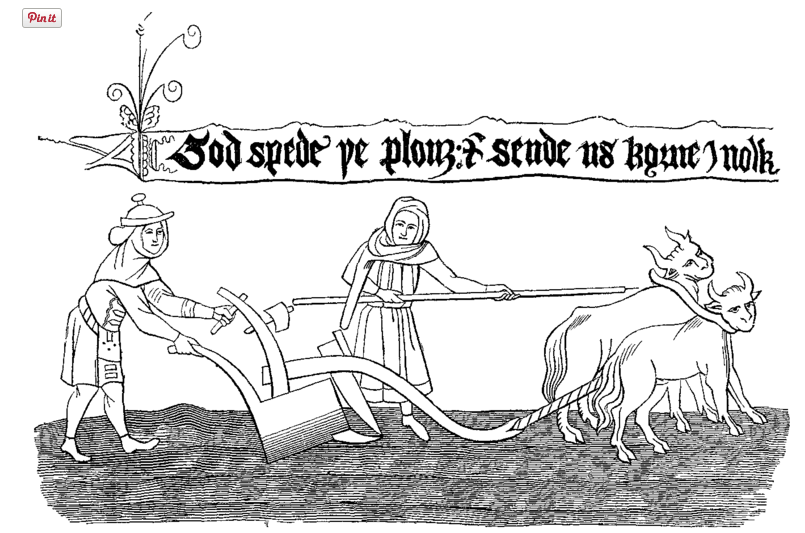The events of 406 – 407AD when the Roman army was led out of Britain by Constantine, mark an important break in British history.
Quite what happened when the Roman army left these shores is unknown but it is not difficult to surmise that the impact on the economy of the British Isles and its defence would have been profound.
For whatever reason the Romans pulled away from Britain and there were probably numerous factors at play, the result was the creeping forward of successive groups of invaders, first into the East of Britain and then a slow push into the west.
When the Romans left
Little is known of the history of Britain between 400AD and 600AD. It is not known whether the Germanic invaders used old Roman towns as their centres. For example what happened in the Roman town of Venta Bulgarum, (Winchester) after the Romans left is little understood but it seems to have become a bit of a backwater and of little importance to the early Saxon settlers.
What was Hampshire like under Roman rule?
Hampshire under Roman rule was a fairly untroubled place of trade and farming and as time passed from the initial invasion of AD 43 to their leaving in AD 407 Christianity had slowly become established and eased out Pagan beliefs in many parts of the county.
However by the second half of the the third century the coast of Hampshire was being attacked by Germanic invading forces of Angles, Saxons and Jutes.
The Romans defended themselves by building fortifications along the coast between Portsmouth and Southampton, as seen at Porchester Castle. The Romans struggled to cope with the pirating nature of these incursions and referred to the coast of Hampshire as the Saxon shore.
Cerdic the Saxon Warrior arrives
Although the exact chronology of the invasion in Hampshire is uncertain, Bede in his Anglo Saxon Chronicle, says that by AD 495, a Saxon warrior chief, Cerdic landed on the Hampshire coast with a small fleet of ships, probably close to Southampton.
Cerdic may have been said to have a certain right to claim the land, he was descended from the royal house of Wessex. He conquered the Isle of Wight in AD 530.
However Cerdic was not the only successful invader. The Jutes landed and settled the Isle of Wight, as evidenced by a Jutish cemetery there and the Chronicle also records an earlier invasion of Portsmouth in AD 501.
Then came the Jutes
Probably the biggest incursion into Hampshire by the Jutes was into the Meon Valley. They would have used the river, which at that time was navigable at least as far as Droxford if not further. A Jutish cemetery has been found not far from the present settlement of Droxford.
The Saxons meanwhile seem to have followed the valleys of the rivers Test and Itchen.
The bands of warriors seemed intent in avoiding the former Roman settlements and seemed to have no need of their developments. Their new villages sprung up along the river valleys.
The Christianity that had emerged during the time of the Romans also appeared to have been shunned and a return to Paganism is seen in their burial rituals.
In the early period of the Saxon invasion it is probable that the various tribes of Saxons and Jutes intermingled in the Hampshire landscape.
The Emergence of Christianity
Change came about when the Pope decided to preach Christianity to the heathen tribes in the South of England. A Roman priest, Birinus, received a favourable welcome from the King of the West Saxons, Cynegil, in fact he allowed himself to be baptised.
The conversion to Christianity was a slow affair, the Bishops seat was originally at Dorchester but Cynegil’s successor, his son Cenwealh, divided up the overly large diocese and brought it to Winchester and the Old Minster that he had built in AD 642.
The seeds between Royalty and Church had been sown in Wessex and grew out from the seat in Winchester to spread to other settlements across Hampshire but it was a slow process plagued by internal wars and political fighting until the coming of Alfred The Great.
Saxons in the Meon Valley Project
This post has been the briefest reflection on Hampshire and the Anglo Saxons but for an in depth and brilliant project on the subject look no further than the ‘Saxons in the Meon Valley Project’. This lottery funded project is an inspiring example of what can be achieved in local and community history groups. This is a project that welcomes everyone and is a chance to share in the development of some great research into history.




